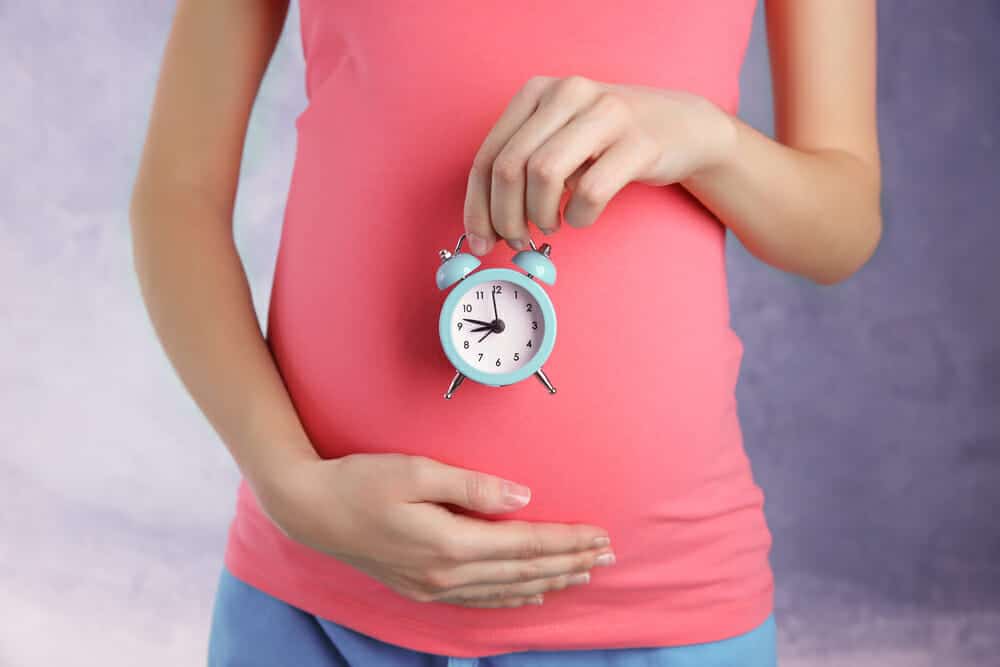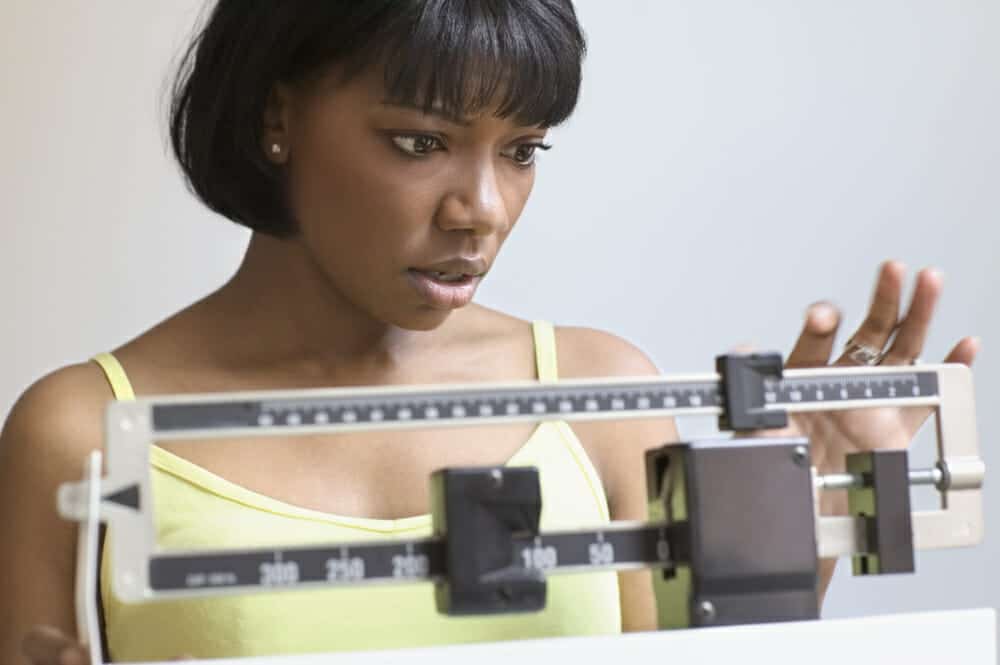Trying to get pregnant? You need to know when you are ovulating. This ovulation calculator helps you predict your most fertile days of the month. Menstrual periods vary from woman to woman and month to month and the signs of ovulation are not always obvious. Use this calculator to help determine the timing of your ovulation and peak fertility. DO NOT USE THIS FOR CONTRACEPTION!
The Ovulation Estimator
A woman’s monthly cycle is measured from the first day of her menstrual period until the first day of her next period. On average, a woman’s cycle normally is between 28-32 days, but some women may have much shorter or much longer cycles. Some women are fortunate enough to experience signs of ovulation, such as painful cramps of short duration. Unfortunately, the majority of women cannot feel or sense ovulation or have any ovulation symptoms. This article explains the myths and facts of ovulation symptoms.
Ovulation can be calculated by starting with the first day of the last menstrual period (LMP) or by calculating 12-16 days from the next expected period. Most women ovulate anywhere between Day 11 – Day 21 of their cycle, counting from the first day of the LMP.
This is what many refer to as the “fertile time” of a woman’s cycle, because sexual intercourse during this time increases the chance of pregnancy. Ovulation can occur at various times during a cycle, and may occur on a different day each month. It is important to track your cycle.
For many woman who have reached that time in their lives when they know it’s the right time to have a baby, getting the timing right to give them the best chance of conceiving can sometimes be more of a turn off than anything else. That’s why it’s important to ensure your timing is accurate without it becoming an obsession which can put stress in you and actually reduce your chances of conceiving. Here we’ll look at how to take away the stress factor and still give you an accurate and simple way of determining when the time is right, by using your own body’s natural indicators that are easy to look out for.
The normal changes in your cervical secretions will tell you precisely when you are at your most fertile time and therefore when you have the best possibility of conceiving. Here are some of the easy to read, telltale signs that you should look out for.
Dry days where there are little in the way of cervical secretions occur just after your period, around the first few days of your cycle. This is when you levels of oestrogen are at their lowest, along with your chances of conceiving.
Sticky, cloudy or milky cervical secretions are an indicator marking the start of your fertile time in your cycle. As your egg follicles are growing larger they are producing greater amounts of oestrogen making your cervical secretions more sperm-friendly.
Clear, wet and slippery cervical secretions indicate that the most fertile time of your cycle has arrived. Your cervical secretions will have changed appearance to an egg-white like consistency. This will allow sperm to swim through your cervix and up into your uterus with more ease.
Thick, cloudy cervical secretions usually indicate that ovulation has now taken place. While you are still fertile for the first two to three days in this stage of your cycle, your chances of conceiving have dropped off and can be quite low. After this part of your cycle you’ll return to the infertile days of your cycle leading up to your period.
So here’s how to use this invaluable information to your best advantage and to give yourself the best chances of conceiving. Just remember that you are fertile from the start of having the sticky cervical secretions until around three days after the more slippery, wetter secretions have changed to become thick and cloudy or you have returned to dryness once again. Not surprisingly, it is also important to be having lots of sex during these times. Just in case you weren’t sure on that point!
Obesity can affect ovulation and the ability to concieve, check your weight with our BMI calculator.
Abstinance is the only 100% effective birth control. If you are pregnant, use the Pregnancy Due Date calculator to learn about your critical points and your expected delivery date.


